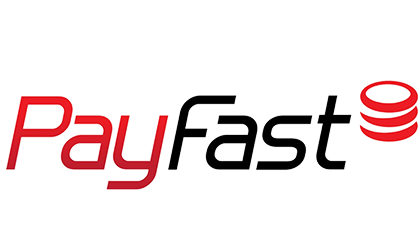Introduction to Two-Factor Authentication (2FA)

Amidst the ever-evolving cybersecurity landscape, safeguarding sensitive data and fortifying networks has become imperative. Enter two-factor authentication (2FA), a robust security measure meticulously designed to augment your business operations with an additional layer of protection. Let’s delve into the realm of 2FA and unveil its pivotal role in securing your most valuable assets.
Exploring the Two-Factor Authentication Benefits
Two-factor authentication (2FA) stands as a cornerstone of modern cybersecurity, offering businesses a powerful defense against unauthorized access and data breaches. Here are some key advantages of implementing 2FA:
Enhanced Security:
By requiring two forms of identification, 2FA significantly reduces the risk of unauthorized access to sensitive information and networks.
User Convenience:
Unlike traditional password-based authentication, 2FA offers a seamless and user-friendly experience, eliminating the need for cumbersome hardware tokens and minimizing the risk of password theft.
Flexible Authentication Methods:
With 2FA, businesses can choose from a variety of authentication methods, including SMS verification, push notifications, and biometric authentication, catering to diverse user preferences and security needs.
Streamlined Implementation:
Implementing 2FA is straightforward and manageable, with many authentication providers offering intuitive solutions that seamlessly integrate into existing workflows.
Authentication Methods for Two-Factor Authentication (2FA)
When it comes to two-factor authentication (2FA), businesses have a range of authentication methods to choose from. Here are some popular options:
SMS Verification:
Users receive a one-time code via text message to verify their identity, adding an extra layer of security to the authentication process.
Push Notifications:
Users can approve or deny access requests directly from their mobile devices, providing a convenient and secure authentication method.
Biometric Authentication:
Leveraging fingerprint or facial recognition technology, biometric authentication offers a highly secure and user-friendly authentication method.
Hardware Tokens:
Physical tokens, such as key fobs or smart cards, generate unique codes at regular intervals, adding an additional layer of security to the authentication process.
Implementing Two-Factor Authentication (2FA)
Implementing two-factor authentication (2FA) is a crucial step in enhancing your organization’s security posture. Here are some best practices to consider:
Choose the Right Authentication Provider:
Select a trusted authentication provider that offers robust security features and seamless integration with your existing systems.
Educate Users:
Provide comprehensive training and support to ensure that users understand the importance of 2FA and how to use it effectively.
Monitor and Evaluate:
Regularly monitor and evaluate your 2FA implementation to identify any potential vulnerabilities or areas for improvement.
Stay Updated:
Keep abreast of the latest developments in 2FA technology and security best practices to ensure that your organization remains protected against evolving threats.
Enhancing Security: Two-Factor Authentication (2FA) vs. Multi-Factor Authentication (MFA)
While two-factor authentication (2FA) offers a significant security improvement compared to traditional password-based authentication, some businesses may opt for multi-factor authentication (MFA) for even greater protection. MFA adds an extra layer of security by requiring two or more forms of identification, such as a password, fingerprint, and security question. Ultimately, the choice between 2FA and MFA depends on your organization’s specific security needs and risk tolerance.






